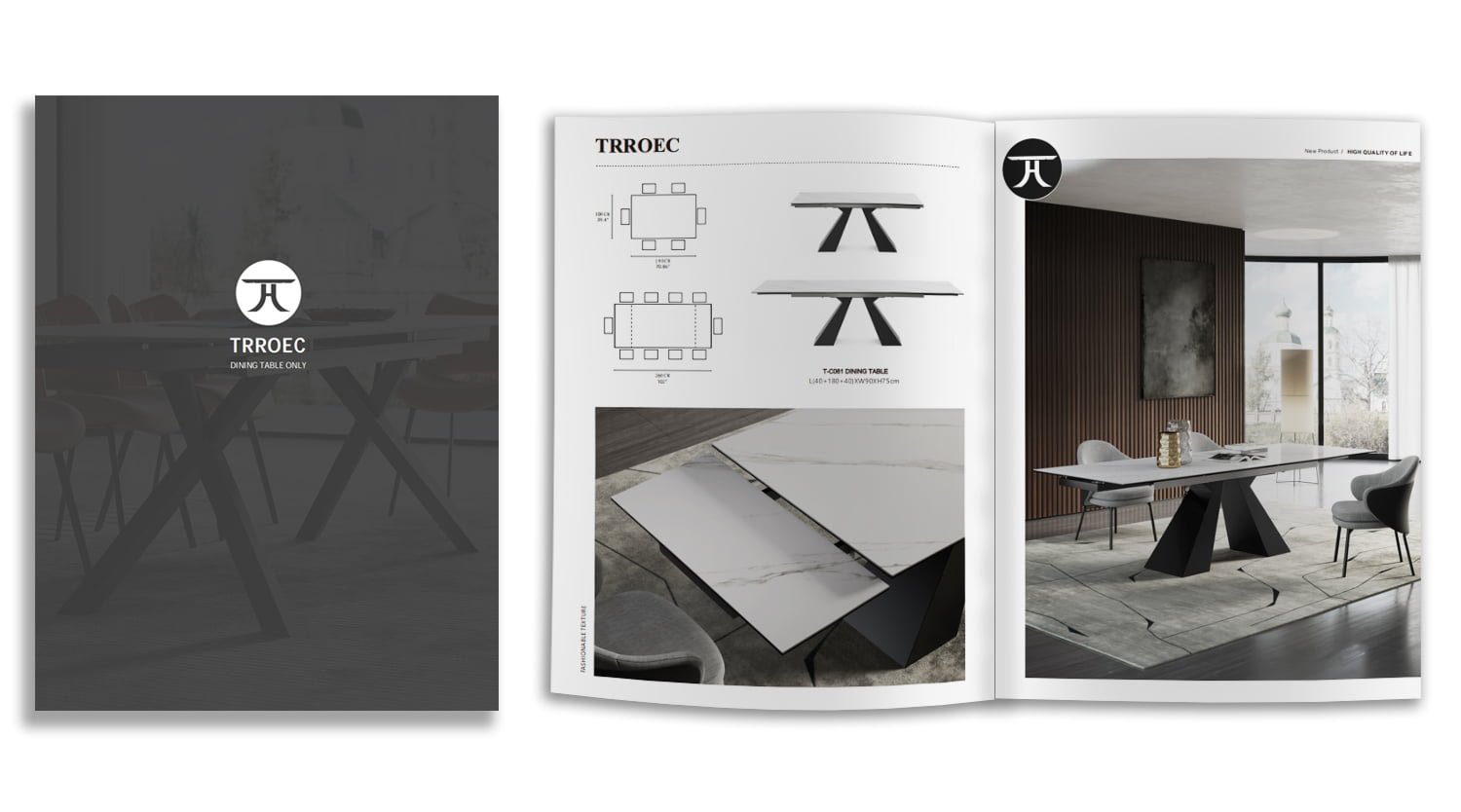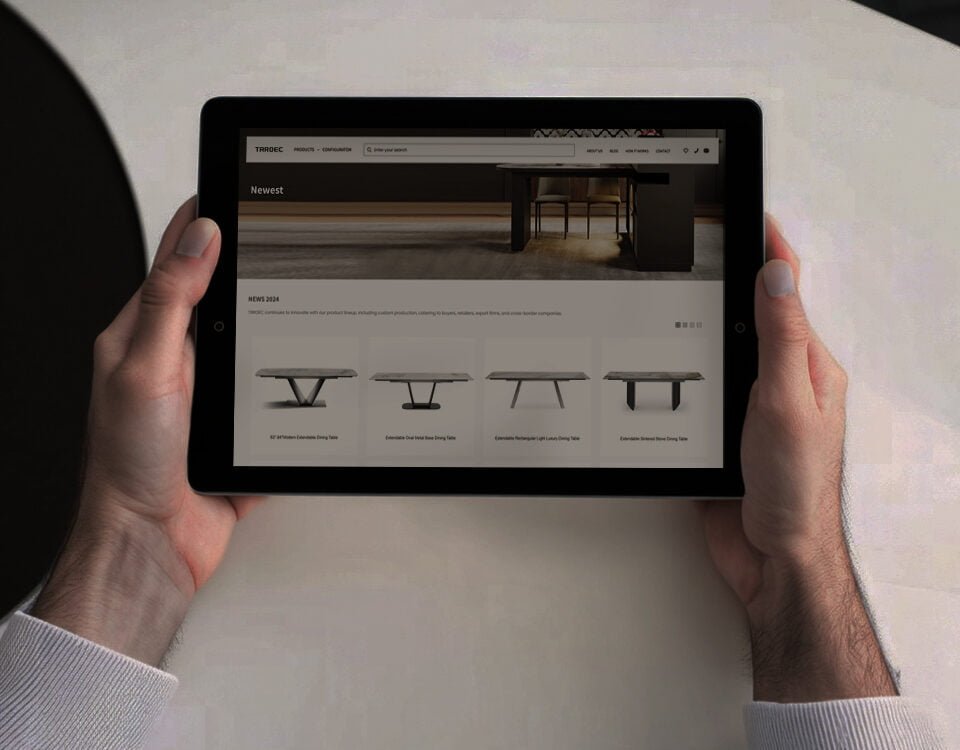The home furniture market is constantly evolving, with furniture not only serving functional purposes but also enhancing the quality of life. For exporters, furniture retailers, designers, and renovation companies, understanding the latest trends and innovations in home furniture is crucial. This article explores the current trends and innovations in the home furniture market, providing valuable market insights.
1. Overview of the Home Furniture Market
The home furniture market is experiencing significant changes driven by consumer preferences and technological advancements. As people seek to create more personalized and functional spaces, the demand for innovative and high-quality home furniture continues to rise. The global market is expected to grow significantly, with notable demand increases in North America and Asia-Pacific regions.
The U.S. and China are leading markets due to high consumer spending and evolving lifestyle trends. Sustainable and eco-friendly furniture options are gaining popularity worldwide. Technological integration in furniture design is becoming a key differentiator. For more insights, check out this report on global home furniture trends.
2. Latest Design Trends
2.1 Minimalist Design
Minimalism remains a cornerstone of modern home furniture design. Characterized by clean lines, neutral colors, and a focus on functionality, minimalist furniture is both aesthetically pleasing and practical.
Clean lines, simplistic forms, and a blend of natural and industrial materials dominate minimalist designs. Shades of white, gray, black, and natural wood tones are popular.
For inspiration, visit this minimalist home furniture collection.
2.2 Multifunctional Furniture
As urban living spaces become more compact, multifunctional furniture is increasingly sought after. Items like foldable dining tables, storage-integrated benches, and convertible furniture pieces offer flexibility and efficient space utilization.
Foldable tables, convertible sofas, and modular furniture pieces are prime examples. These designs maximize space, enhance usability, and adapt to various occasions.
Explore some innovative multifunctional furniture designs here.
2.3 Sustainable Materials
Sustainability is at the forefront of home furniture trends. Consumers are looking for eco-friendly options that do not compromise on style or quality.
Bamboo, reclaimed wood, recycled metals, and biodegradable composites are among the top choices. Non-toxic finishes, ethical sourcing, and energy-efficient manufacturing are emphasized.
Learn more about sustainable furniture practices in this Green Furniture Hub guide.
2.4 Vintage and Retro Styles
Nostalgia continues to influence furniture design, with vintage and retro styles making a significant comeback. These designs blend classic elements with contemporary functionality.
Mid-century modern, art deco, and retro-inspired patterns and colors are popular. Combining vintage aesthetics with modern convenience features creates unique spaces.
Discover popular vintage furniture trends in this House Beautiful article.
3. Functional Innovations
3.1 Smart Furniture
Integrating technology into home furniture is a growing trend. Smart tables with features like wireless charging, built-in speakers, and adjustable heights are enhancing the home experience.
Touch-sensitive controls, integrated lighting, and connectivity with smart home systems are key features. Convenience, enhanced functionality, and a modern touch are added to home spaces.
Read more about smart furniture innovations in this Wired article.
3.2 Ergonomic Design
Ergonomic design is crucial for ensuring comfort and promoting good posture. Chairs and desks that support ergonomic principles can significantly improve user experience.
Chairs with lumbar support, adjustable heights, and cushioned seating enhance comfort. Desks designed to provide adequate legroom and comfortable seating arrangements are important.
For insights into ergonomic furniture design, visit Ergonomic Trends.
3.3 Customization Options
Consumers increasingly seek personalized furniture that reflects their style and meets specific needs. Customizable home furniture options are becoming more prevalent.
Custom sizes, materials, colors, and additional features are available. Unique, personalized pieces that perfectly fit individual spaces and preferences are offered.
Explore customizable furniture options here.
4. Tips for Selecting Home Furniture
When selecting home furniture, it’s essential to consider factors that ensure both functionality and aesthetic appeal:
- Size and Space: Measure your space to choose furniture that fits well without overcrowding.
- Material and Durability: Opt for materials that are durable and easy to maintain.
- Comfort and Ergonomics: Ensure chairs and desks are comfortable and support proper posture.
- Style and Aesthetics: Select designs that complement the overall decor of your home.
- Budget: Set a budget and look for options that provide the best value for your investment.
For more tips, visit this buying guide.
Conclusion
Staying updated with the latest trends and market hotspots in home furniture is essential for businesses to remain competitive and meet consumer demands. By focusing on minimalist design, multifunctional and sustainable furniture, and integrating smart and ergonomic features, you can enhance the home experience and attract a wider customer base.
Whether you are an exporter, retailer, designer, or renovation specialist, understanding these trends and innovations will enable you to make informed decisions and offer products that resonate with today’s consumers.



